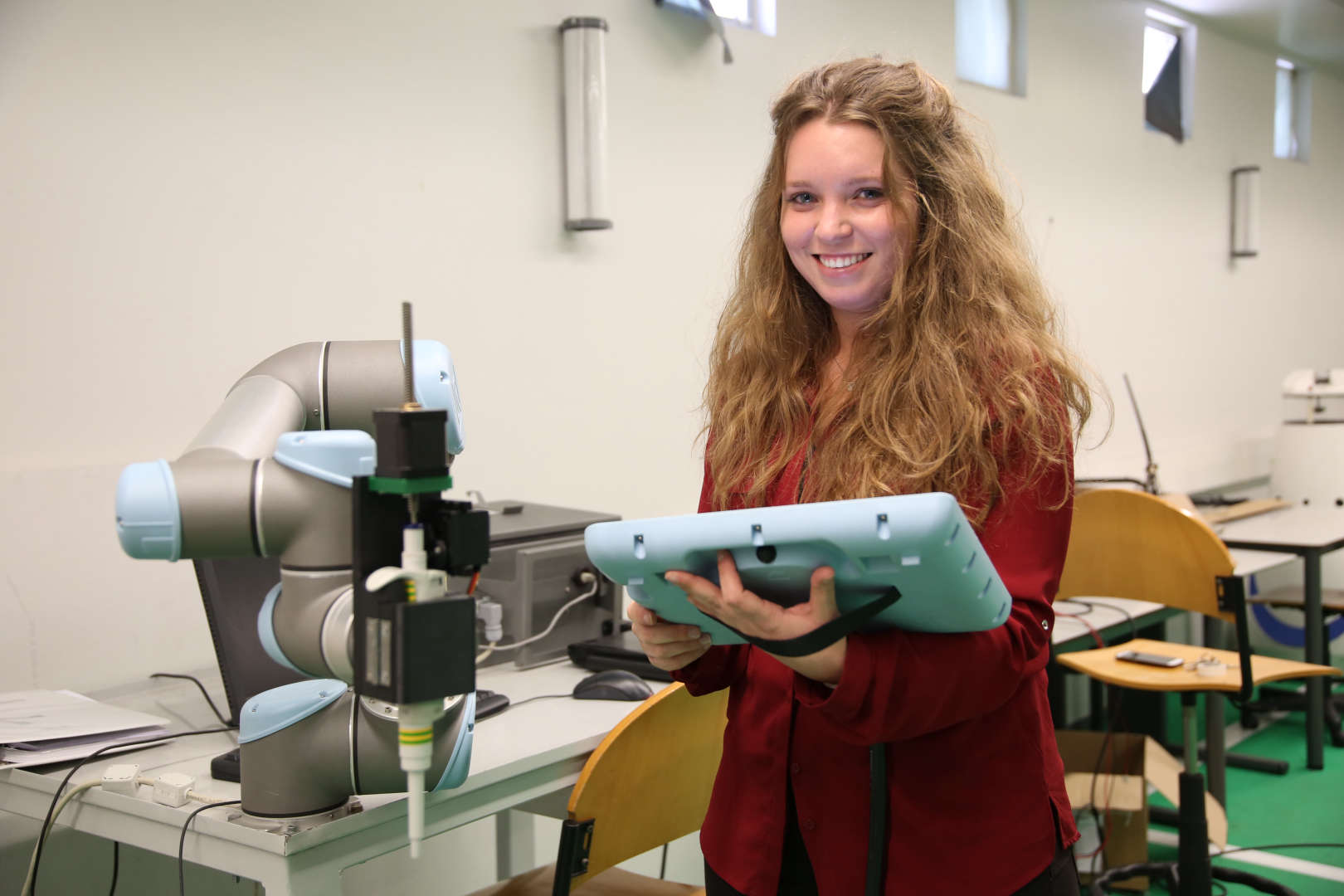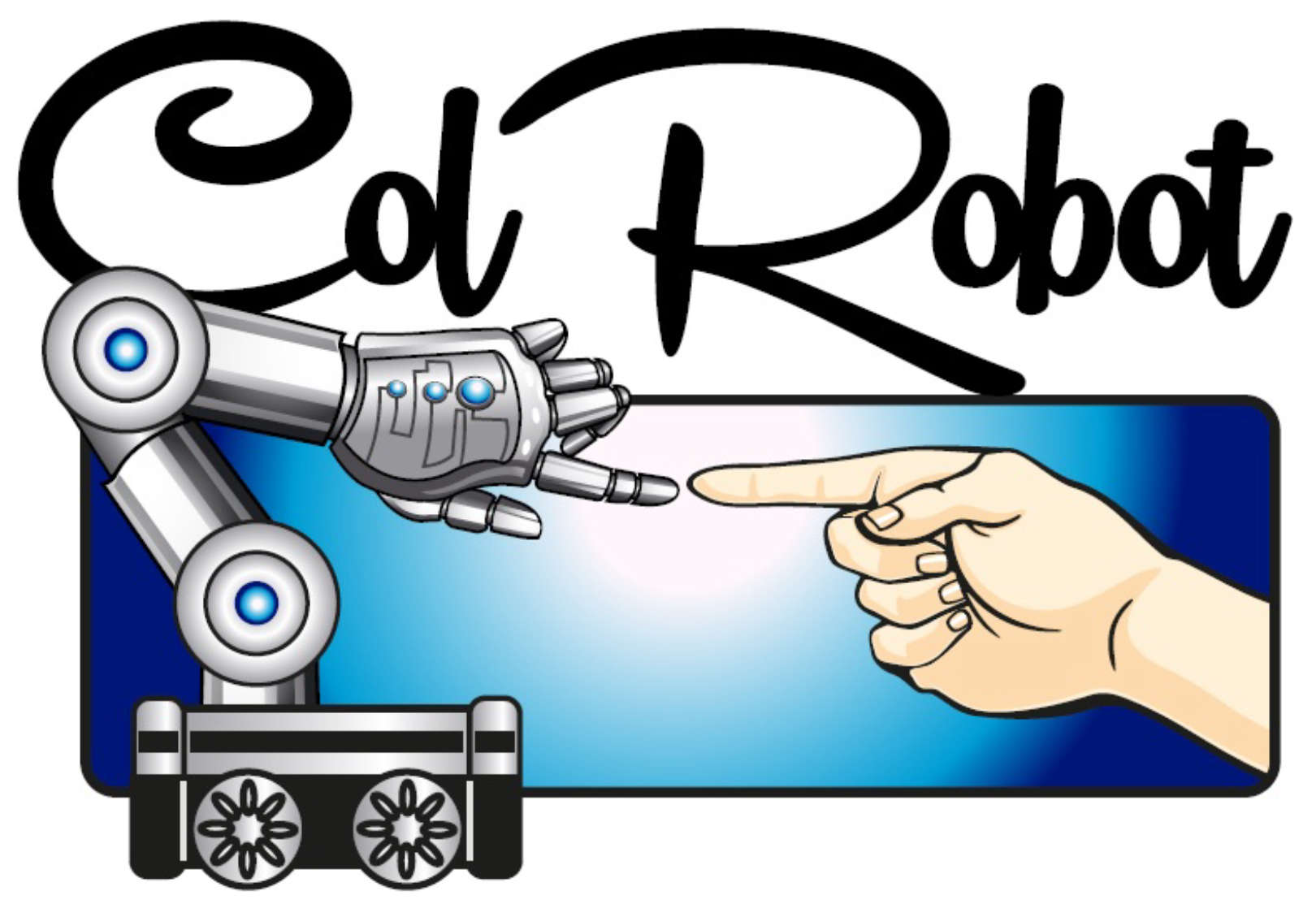About
I hold a Master degree in Bioengineering with specialization in Biomedical Engineering from Faculty of Engineering of the University of Porto, Portugal. I landed a thesis proposal where I had to develop an autonomous robotic system with the ability to reproduce repetitive tasks in a lab environment. During the degree, the passion for applied robotics emerged, so I decided to pursue it in order to integrate and further improve the knowledge in areas such as mechanics, electronics, computer science and biomedics. I joined the CRIIS group which belongs to INESC TEC, in September 2016 as a R&D engineer with responsibilities in developing new robotic solutions to handle industrial problems. My main activities include system mechanical modelation, electronics and software development.



